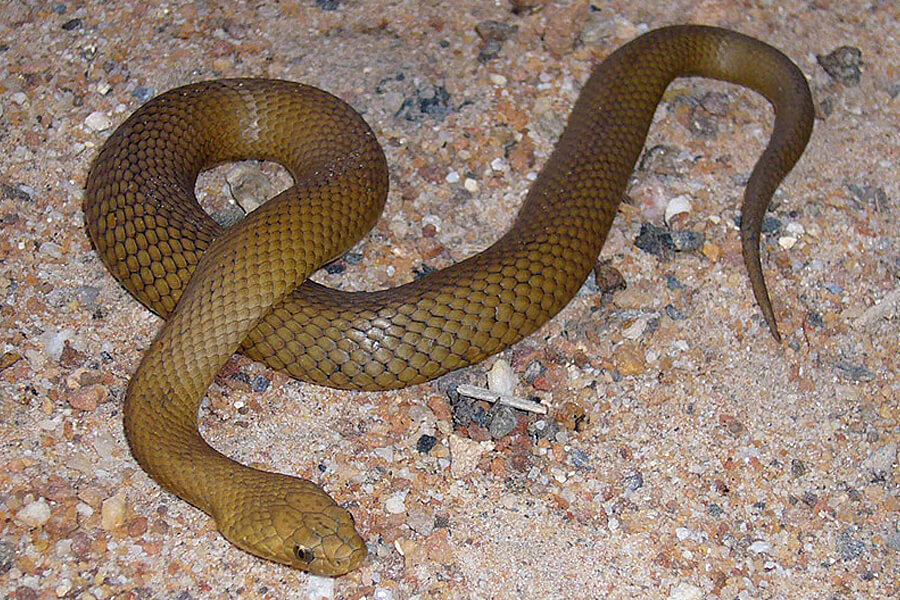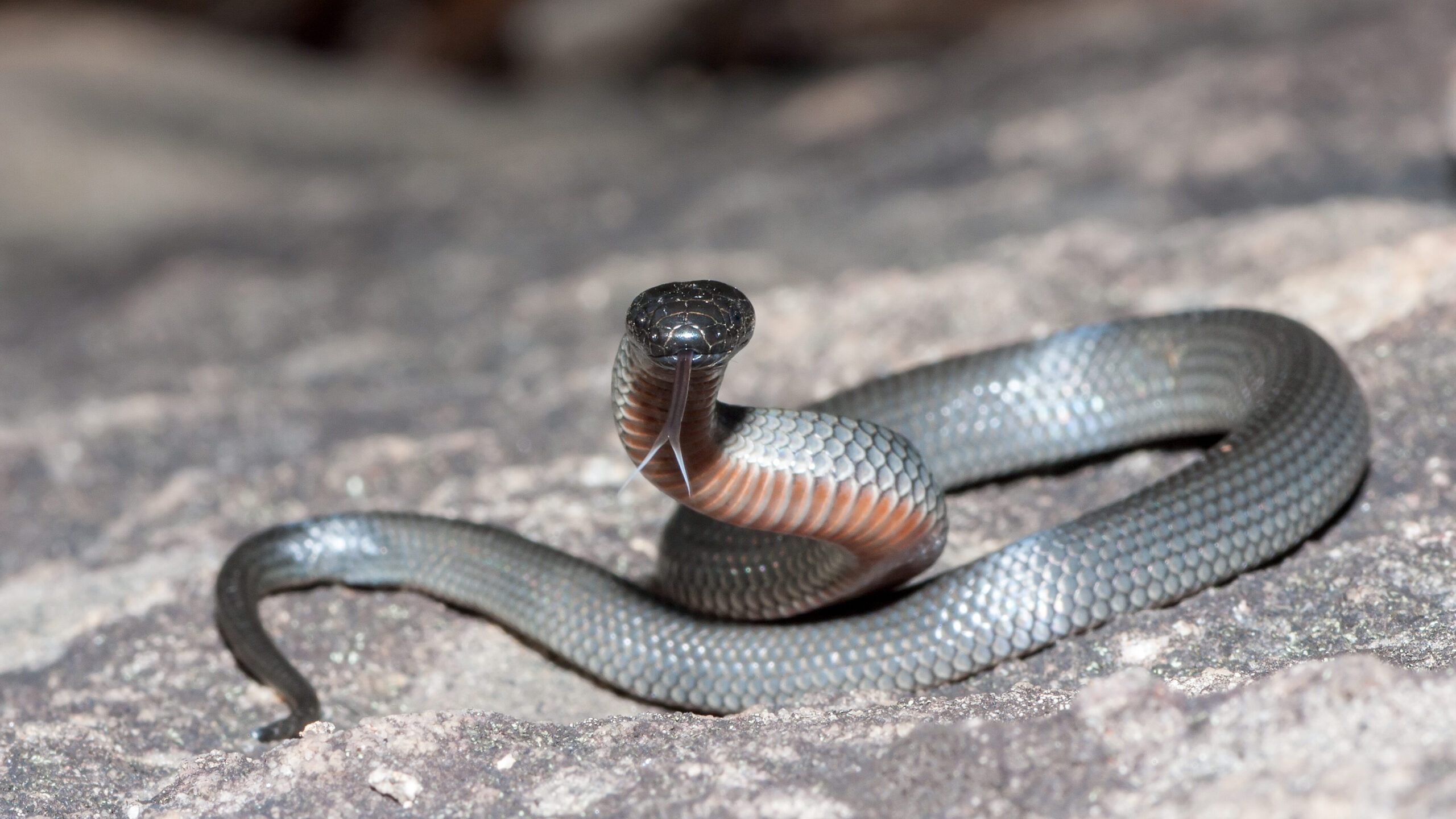Introduction
When it comes to poisonous snakes, Australia is home to some of one of the most fascinating and unsafe varieties in the world. Among these, the Tiger Snake stands apart not only for its powerful venom however likewise for its interesting habits. Recognizing the actions of poisonous snakes like the Tiger Serpent is vital for both wild animals enthusiasts and those residing in areas where these snakes exist. This write-up delves into different elements of Tiger Snake behavior, environment, recognition, precaution, and first aid practices in instance of a serpent bite.

Understanding the Behavior of Venomous Snakes Like the Tiger Snake
The Tiger Snake, medically referred to as Notechis scutatus, is notorious for its hostile nature when threatened. These snakes display a variety of actions that can be quite various from their non-venomous counterparts.
Characteristics of Tiger Snakes
The Tiger Snake is easily well-known due to its unique bands or stripes that look like a tiger's markings. They can differ in shade from yellowish-brown to dark olive or black. This coloration offers not only as camouflage but additionally as a warning signal to prospective predators.
Adaptability to Environment
One exceptional aspect of their actions is their versatility to different atmospheres. Found mostly in coastal regions, marshes, and wetlands throughout Australia and Tasmania, they can prosper in varied habitats consisting of city areas.
Hunting Techniques
Tiger Serpents are ambush killers largely feeding upon Visit website fish, frogs, and small animals. They have eager sight and an intense feeling of scent which helps them in finding target effectively.
Venom Composition
Their poison contains neurotoxins that affect the nerves, causing paralysis or death in smaller pets. For people, instant medical focus is essential after a tiger snake bite because of its possibly dangerous effects.
Natural Habitat of Tiger Snakes
Preferred Locations
Understanding where these snakes reside sheds light on their behavioral patterns. The tiger serpent habitat consists of:
- Coastal regions Swamps Grasslands Urban locations with plentiful water sources
Seasonal Movements
During warmer months, Tiger Snakes are extra active as they bask in sunshine or blue-bellied black snake search for food. In contrast, chillier months see them pulling away into hibernation sites.
Are Tiger Snakes Venomous?
Yes! The inquiry "are tiger snakes poisonous?" frequently develops amongst those not familiar with this types. Their poison is considered among the deadliest amongst all snake types worldwide.
Symptoms of a Tiger Serpent Bite
If bitten by a tiger serpent, symptoms might include:
- Localized pain Swelling at the bite site Nausea and vomiting Sweating and confusion
Immediate clinical aid is crucial as neglected attacks can result in severe health problems and even death.
First Help for Snake Bites: Quick Reaction Guide
Knowing just how to carry out first aid for a serpent bite might conserve somebody's life. Right here's what you must do:
Step 1: Continue to be Calm
Keeping calm assists reduce heart price which reduces venom spread.
Step 2: Immobilize the Impacted Area
Keep the impacted arm Home page or leg still and below heart level if possible.
Step 3: Call Emergency Situation Services
Always look for specialist clinical aid immediately after a snake bite.
First Aid for Snake Bite Set Essentials
A well-appointed snake bite emergency treatment kit need to include:
- A compression bandage Antiseptic wipes A set of scissors A cold pack
Safety Preventative measures: Avoiding Serpent Bites in Australia
Awareness Programs
Educating neighborhoods regarding regional serpent varieties and their behaviors can substantially reduce experiences bring about bites.
Avoiding Dangerous Areas
Staying away from long grass throughout warmer months minimizes call with snakes that might be resting or hunting.
Common Misconceptions About Tiger Snakes
Many individuals believe misconceptions about the habits of tiger snakes result in unnecessary fear. Below are some explanations:
Myth 1: All Tigers Are Aggressive
Not all tiger serpents will show aggressiveness if left undisturbed; many like running away as opposed to confrontation.

Myth 2: They Chase Humans
Tiger snakes do not proactively chase after people; they might strike when they really feel threatened however will generally pull away if provided space.
Conservation Initiatives Associated with Venomous Snakes
Conservation initiatives concentrate on educating communities concerning protecting local wild animals while reducing human-snake interactions.
Importance of Ecosystems
Understanding that venomous snakes play a vital duty in preserving environmental equilibrium aids foster gratitude as opposed to worry towards them.
FAQs About Tiger Snakes
What needs to I do if I run into a tiger snake?- Maintain range and gradually back away without sudden movements.
- While attacks aren't incredibly typical because of understanding efforts, they still happen yearly within Australia.
- Baby tiger snakes can supply complete doses of venom in spite of being smaller sized; for this reason care is advised around them.
- They mostly take in frogs, fish, tiny animals like rats, and various other reptiles.
- It's prohibited in a lot of jurisdictions without correct licensing due to safety concerns concerning their venom.
- Wear durable boots and remain on significant trails; appearance prior to placing hands or feet right into concealed spaces like rocks or logs.
Conclusion
Understanding the habits of venomous snakes like the Tiger Snake not just boosts our knowledge however also advertises safety and security awareness amongst those living near their environments. From identifying their qualities, understanding emergency treatment protocols complying with a bite, through involving conservation initiatives-- every element plays a crucial role in promoting coexistence with these interesting reptiles while appreciating their place within our ecosystem.
As we strengthen our understanding via education and experience, we add favorably toward ensuring both human safety and wildlife conservation-- benefitting all events involved!
